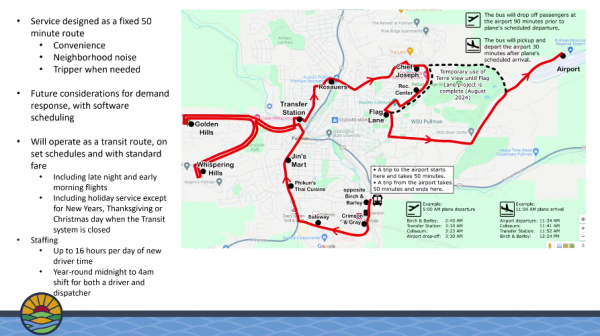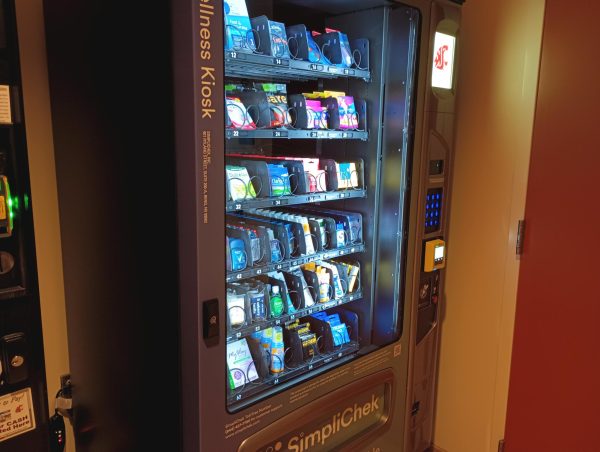Hospitals must now post medical prices
Requirement hopes to provide transparency, empower patients
January 11, 2019
A new federal rule went into effect on Jan. 1 that requires hospitals, including Pullman Regional Hospital, to publish their standard prices for medical procedures.
This rule was passed in hopes of providing more transparency in the cost of health care and empowering patients.
“Every hospital has what is called a ‘chargemaster’ description, and that’s all of the various things that they do and provide,” Steve Febus, PRH chief financial officer said.
Febus said there is no set formula or rule on how hospitals nation-wide determine their price list, but it is important for hospitals to look at a number of things.
“First and foremost is, you want to make sure you are providing enough, in terms of prices, that you can continue to provide the services,” he said. “You don’t want something that costs $1,000 and you charge $100, it won’t be before long that you are out of business.”
Febus said because Medicare is the biggest insurance provider nationwide, hospitals usually use their price point as a starting point to create a fair price for the services they provide. Hospitals also have to look at staffing and equipment to determine how much to charge, he said.
“From there, what Pullman [Regional Hospital] really tries to do [to] stay competitive on the market … is [to] look at two things,” Febus said. “First is, what is the market doing? What is the market charging for an X-ray?”
He said hospitals should not raise prices without having a reason to do so.
“So much of our populations that come and visit [the hospital] have either some type of health insurance, whether it be a commercial or a federal or a state program,” Febus said.
“There is an inherent flaw in what [Centers for Medicare & Medicaid Services] is requiring,” Febus said, “I think CMS is on the right path in wanting hospitals to be transparent in their pricing.”
He said the standard prices that hospitals are now required to post is meaningless data because the information might be too complex and extensive to read and understand.
“As a consumer, you come in, let’s say I sprain my ankle and I want to know what that is going to cost me.” Febus said. “Well, there would be no way you could go through that information and figure it out.”
Dr. Carmen Hudson, medical director of United Wound Healing, said it is difficult to determine the set cost for services.
“You have to pay the techs, the maintenance of the machine, you have to do all of these things,” Hudson said.
After all of the costs are determined, private insurance companies or Medicaid start to negotiate prices given out by the hospital, she said.
“Since there’s a whole bunch of unseen negotiation in the background,” Hudson said, “we now have yet another degree of difficulty.”
Thea Mounts, program director at Washington State Office of Financial Management, said Washington’s All-Payer Health Care Claims Database has been collecting data from patients since original legislation passed in 2014.
“We can’t possibly provide the most accurate numbers for what you might pay because of a number of different reasons,” Mounts said. “We provide kind of a rough calculation of what the individual might pay. We definitely want to encourage people to call their insurance [provider] to make sure they have a full understanding of the cost.”

Pullman Regional Hospital has prices for medical procedures online.























Ian emery • Jan 13, 2019 at 2:19 pm
that visualization makes it very difficult to tell whether Pullman hospital is better or worse. A standard vartical bar graph and starting both bars at zero.